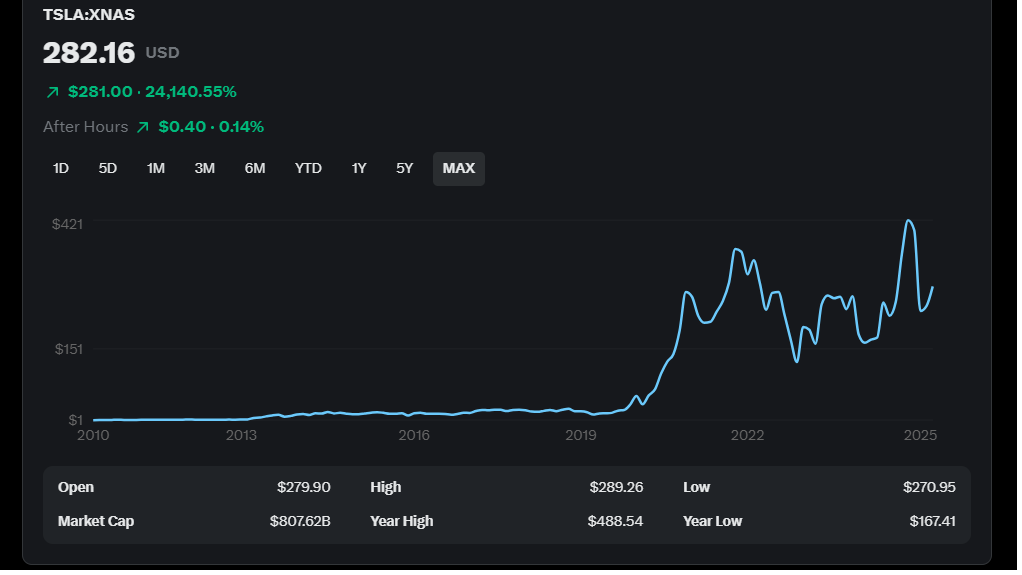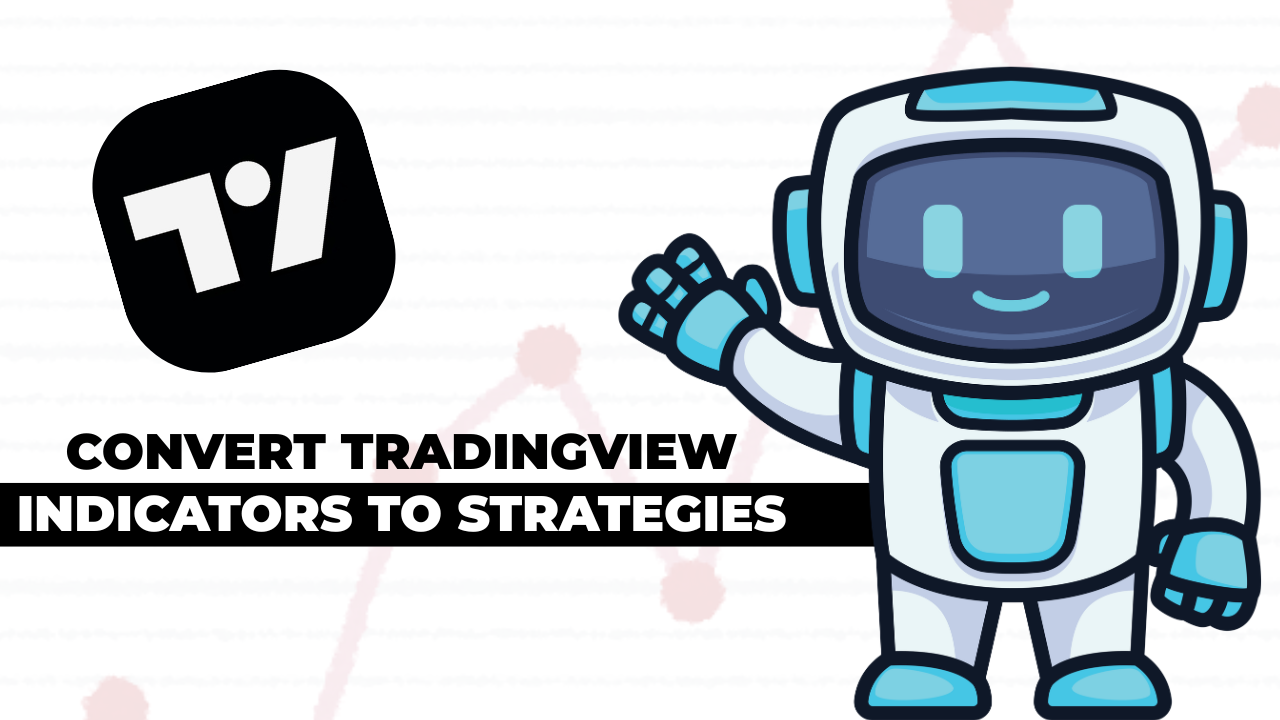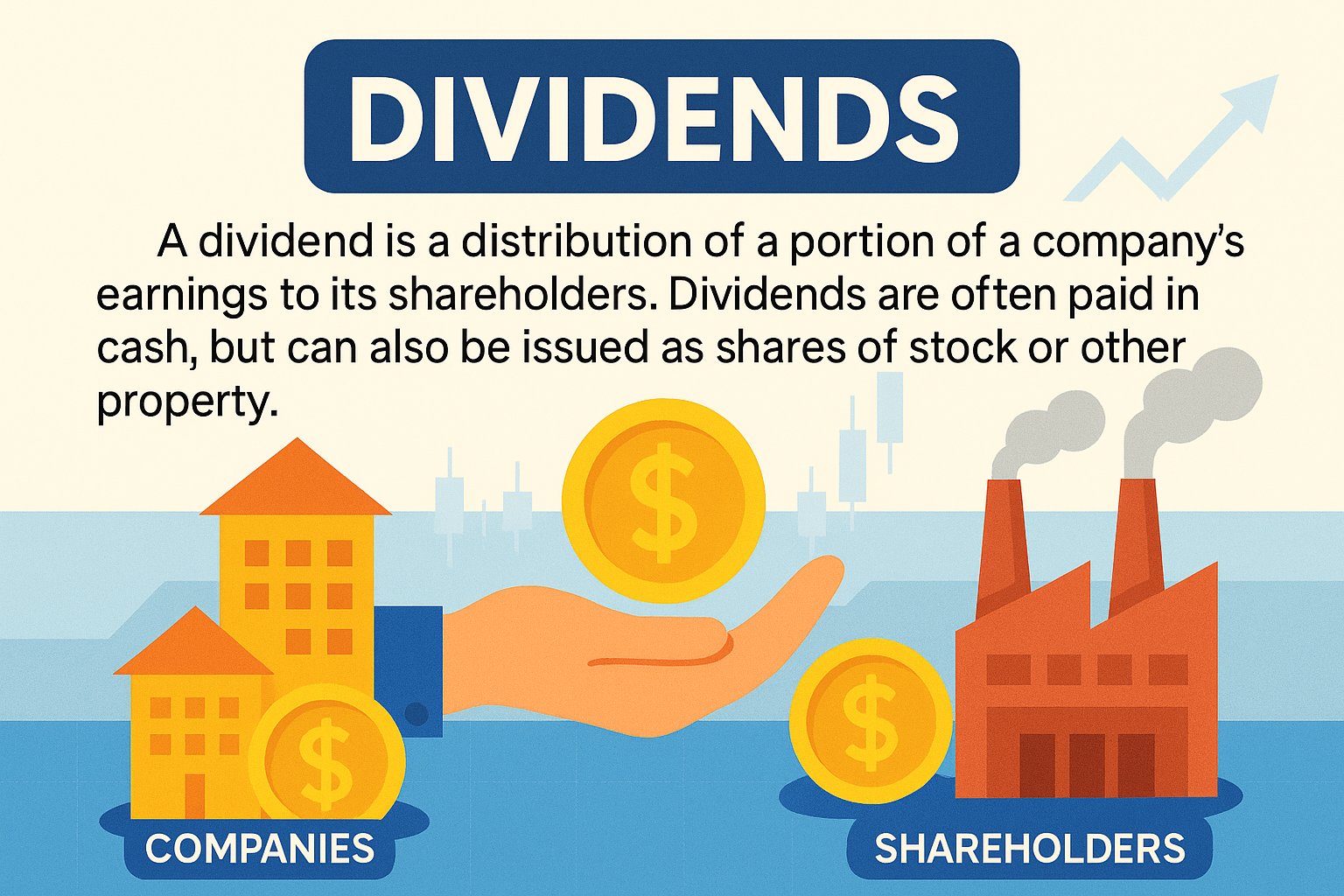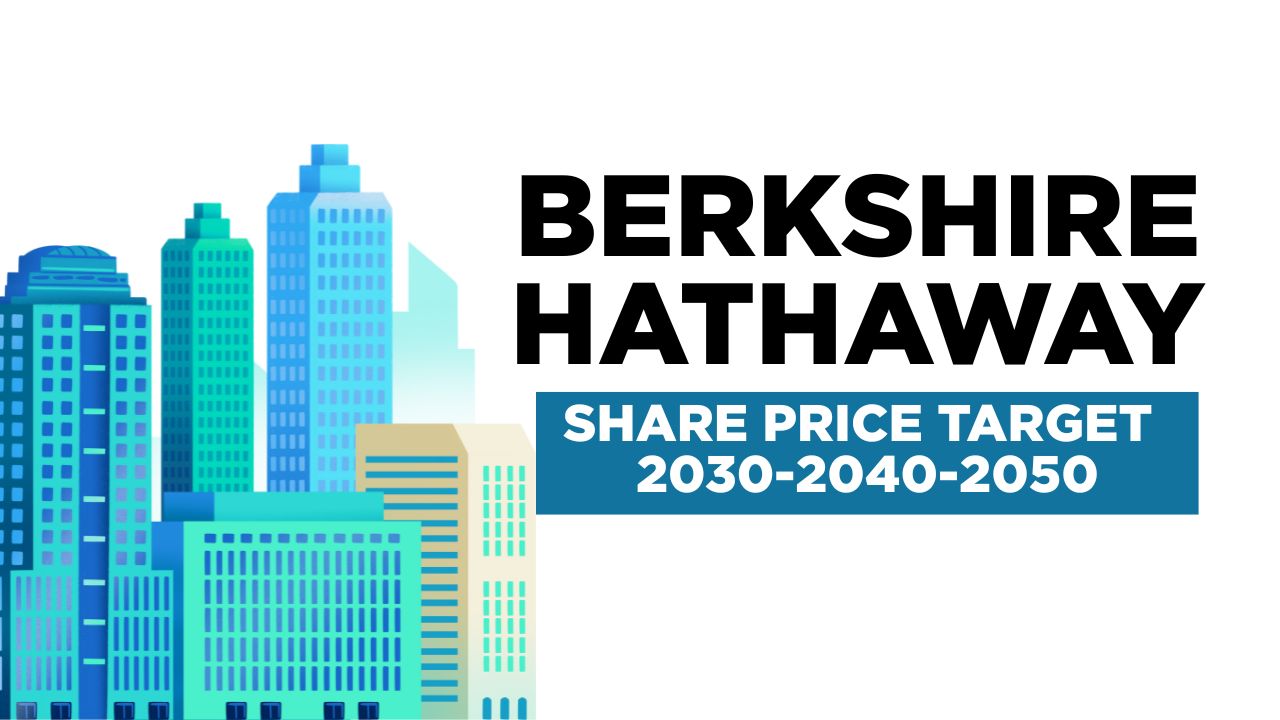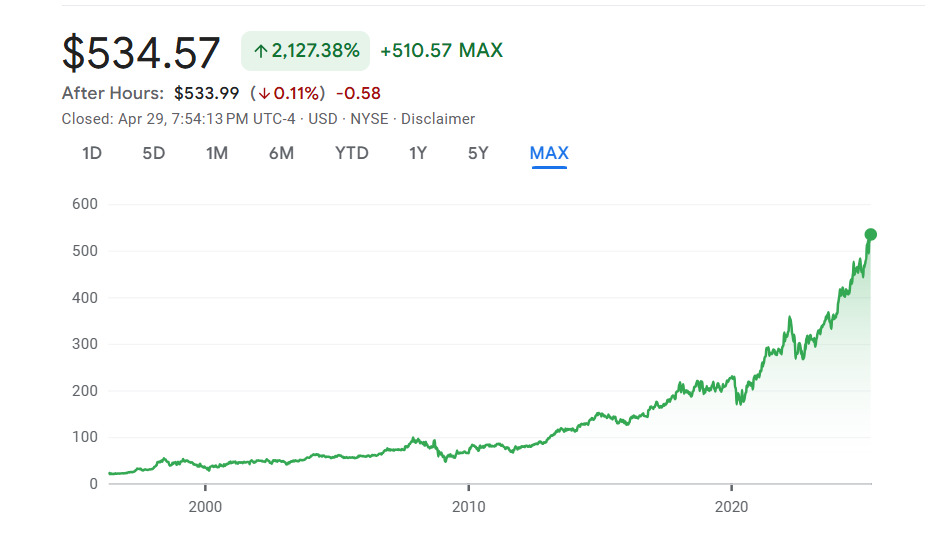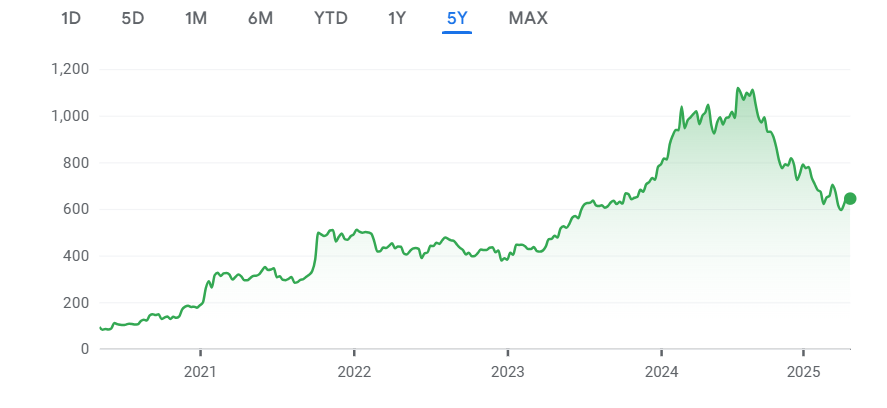Palantir Technologies Inc. (PLTR) is a well-known name in the world of data analytics and artificial intelligence. It offers powerful software platforms that help both businesses and governments make smarter decisions using data. Here’s a quick look at some important company details, followed by a simple summary of what Palantir does and why it matters.
| Company Name | Palantir Technologies, Inc. |
| Sector | Technology |
| Industry | Software – Infrastructure |
| IPO Year | 2020 |
| Stock Exchange Listed | NYSE |
| Founded By | Peter Thiel, Alex Karp, Stephen Cohen, et al. |
| Established In | 2003 |
| Headquarters | Denver, Colorado, USA |
| Specialization | AI-Powered Data Analytics, Big Data Solutions |
In simple terms, Palantir was founded in 2003 and is based in Denver, Colorado. It focuses on advanced data tools like Gotham, Foundry, and Apollo. These tools help users understand large amounts of data quickly and clearly. Palantir mainly works with government agencies and big companies, helping with everything from defense planning to business operations. In 2020, it went public through a direct listing. Its inclusion in the S&P 500 in 2025 shows how far it has come.
The Stock Market: Fundamentally Driven
Stock prices are influenced by a combination of company performance, economic conditions, and industry trends. For Palantir, key factors include revenue growth, profitability, contract acquisitions, and the broader adoption of AI technologies.
In Q1 2025, Palantir reported a 39% year-over-year revenue growth, reaching $883.9 million. Notably, U.S. commercial revenue surged by 71% to $255 million, and government revenue increased by 45% to $373 million. These figures highlight Palantir’s ability to capitalize on the growing demand for AI solutions.
However, macroeconomic factors such as interest rates, regulatory policies, and global defense spending also play a role in stock performance. Investors should consider these elements when evaluating Palantir’s long-term prospects.
Sector Overview: Technology
Understanding the Sector
Palantir operates within the dynamic Technology sector, encompassing software, hardware, and IT services. This sector is at the forefront of innovation, with AI and data analytics driving significant transformations across industries.
Fundamental Factors Affecting the Sector
Several factors shape the Technology sector:
- Technological Advancements: Breakthroughs in AI, cloud computing, and machine learning fuel growth and competition.
- Regulatory Environment: Data privacy laws and government contracts influence operational strategies.
- Economic Conditions: Interest rates and corporate budgets impact tech spending and investment.
Growth and Development in Recent Years
The Technology sector has experienced explosive growth, particularly in AI and data analytics. Palantir’s recent performance reflects this trend, with significant increases in both commercial and government revenues. Strategic partnerships, such as the $795 million contract with the U.S. Army for the Maven Smart System, underscore the sector’s role in defense and enterprise innovation. Additionally, improved U.S.-China trade relations in 2025 have bolstered tech stocks, enhancing market sentiment.
Industry Analysis: Software – Infrastructure
Exploring the Industry
Within the Technology sector, Palantir competes in the Software – Infrastructure industry, focusing on platforms that enable data management, cloud computing, and AI-driven analytics. This industry is characterized by high innovation, significant R&D investment, and a growing reliance on software for operational efficiency.
Fundamental Factors Impacting the Industry
The Software – Infrastructure industry is influenced by:
- AI Adoption: Enterprises are increasingly integrating AI to gain competitive advantages.
- Digital Transformation: Organizations are leveraging software solutions to streamline operations and enhance decision-making.
- Strategic Partnerships: Collaborations with government and commercial entities drive growth and innovation.
Recent Growth and Developments
The industry has witnessed significant growth, driven by the global push for digital transformation. Palantir’s Q1 2025 revenue of $883.9 million, up 39% year-over-year, reflects this momentum. The company’s platforms, like Foundry, have enabled enterprises to streamline operations, exemplified by its work with Fannie Mae to reduce investigation times from 60 days to seconds. Strategic government contracts, such as the $1.3 billion Maven Smart System deal, further highlight the industry’s critical role in defense and intelligence.
Stock Growth and Fundamental Factors
Palantir’s stock has experienced remarkable growth, soaring 71% year-to-date in 2025 and nearly 500% over the past year. This surge is driven by strong fundamentals, including a 66% increase in contract value to $1.5 billion in Q1 2025 and significant U.S. government contracts. These align with the Technology sector’s growth in AI adoption and the Software – Infrastructure industry’s push for scalable solutions.
However, Palantir’s high valuation—trading at over 200 times earnings—suggests potential downside risk if growth expectations falter. Continued innovation and contract wins will be crucial for sustaining this trajectory.
Also Read – JD Vance Pushes Crypto, But Key Questions Still Unanswered
Speculative Targets: Technical Analysis Insights
Technical analysis provides speculative insights into Palantir’s stock price movements. As of May 30, 2025, with the stock at $124.77, key indicators include:
- Moving Averages: The 50-day moving average is trending above the 200-day moving average, signaling bullish momentum.
- Support and Resistance: Support is around $120, with resistance near $131.50.
- Relative Strength Index (RSI): An RSI of approximately 55 suggests neutral momentum, with room for growth but not overbought.
Speculative Long-Term Price Targets
Using a generalized growth model based on historical market trends and Palantir’s fundamentals, we estimate the following price targets, assuming a 10% annual growth rate (aligned with S&P 500 averages) from the current price of $124.77.
To account for Palantir’s high-growth potential, a range of 5% (conservative) to 15% (optimistic) is included:
2030 (5 years):
- Median Price (10% growth): $124.77 × (1.10)^5 ≈ $201.
- Lower Bound (5% growth): $124.77 × (1.05)^5 ≈ $159.
- Upper Bound (15% growth): $124.77 × (1.15)^5 ≈ $251.
2040 (15 years):
- Median Price (10% growth): $124.77 × (1.10)^15 ≈ $521.
- Lower Bound (5% growth): $124.77 × (1.05)^15 ≈ $259.
- Upper Bound (15% growth): $124.77 × (1.15)^15 ≈ $1,014.
2050 (25 years):
- Median Price (10% growth): $124.77 × (1.10)^25 ≈ $1,349.
- Lower Bound (5% growth): $124.77 × (1.05)^25 ≈ $421.
- Upper Bound (15% growth): $124.77 × (1.15)^25 ≈ $4,093.
These targets assume Palantir sustains its growth trajectory, driven by AI demand and government contracts. However, its high valuation introduces risk if market sentiment shifts. Technical indicators support near-term optimism, but long-term forecasts are highly speculative due to potential regulatory, competitive, and economic challenges.
Long-Term Growth Prospects
Palantir’s long-term growth prospects are promising but not without risks. Its AI platforms, like Foundry and Gotham, have driven record revenues, with Q1 2025 showing 39% growth and a $1.5 billion contract backlog.
Strategic partnerships, such as the Pentagon’s $1.3 billion Maven Smart System contract, and potential expansion into markets like Saudi Arabia bolster its outlook. However, its lofty valuation—520x trailing earnings—raises concerns about sustainability.
If Palantir continues to secure high-value contracts and expand its commercial client base, it could maintain strong growth. Yet, competition from rivals like ServiceNow and economic uncertainties pose challenges. Investors should balance these opportunities with the stock’s premium pricing.
Conclusion
Palantir Technologies has become a strong and well-known name in the technology world, especially in the area of software and artificial intelligence. The company has grown a lot in recent years. In 2025 alone, its stock price went up by 71%, and it earned a record revenue of $883.9 million in just the first quarter. This growth came mainly from strong business with the U.S. government and big companies.
Looking ahead, there is a lot of excitement about how big Palantir can grow. Based on its current progress, some experts believe the stock could reach around $200 by 2030, $520 by 2040, and even $1,348 by 2050. These numbers are just estimates, and they depend on how well Palantir keeps growing and winning new contracts.
However, there are also risks. Palantir’s stock is currently very expensive compared to its profits. This means investors are expecting a lot from the company. If Palantir doesn’t grow as fast as expected or faces tough competition, the stock could also go down.
So, if you’re thinking of investing in Palantir for the long term, it’s important to watch the company carefully. Keep an eye on how it performs in the coming years and how the market and technology trends change. Make sure to understand both the opportunities and the risks before making any decisions.
Disclaimer:
The views and opinions expressed in this article are solely those of the author and are intended for informational purposes only. They do not constitute financial, investment, or trading advice. Any stock price predictions mentioned are purely speculative and based on personal analysis. Past performance is not indicative of future results. Readers are advised to conduct their own research and, if necessary, consult a certified financial advisor before making any investment decisions. The author does not accept any liability for financial losses or gains arising from the use of this content.


